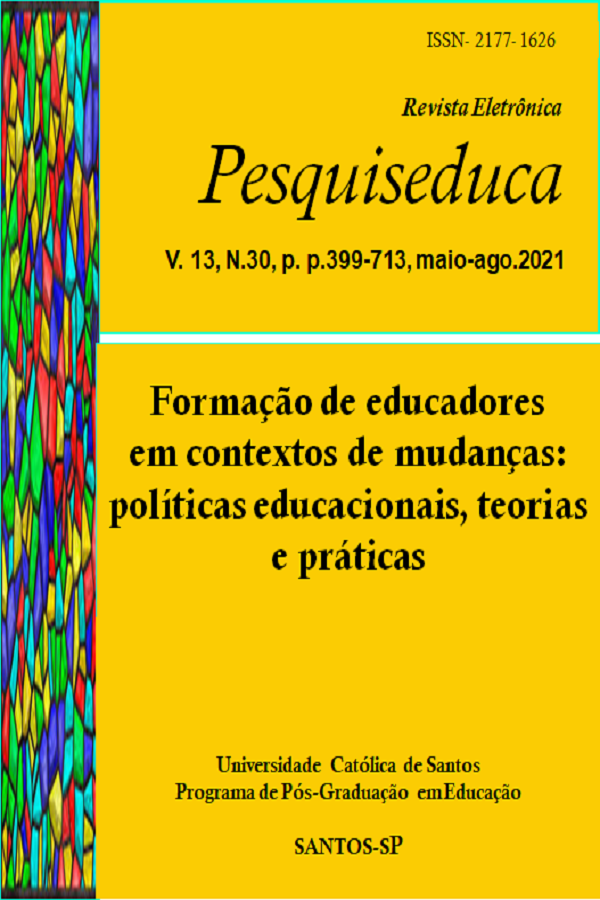Bullying: Brazilian legislation and the social impact of this phenomenon in schools
Keywords:
Bullying. Educação. Legislação Brasileira. Contexto Escolar.Abstract
Bullying means to frighten, tyrannize, oppress, threaten and systematically intimidate one or more people, being the practice done individually or in a group. As it is a broad concept and might occur in various environments, especially in schools, Brazilian law provides for eight types of bullying: verbal, moral, sexual, social, psychological, physical, material and virtual. Through a qualitative bibliographic analysis, we sought to explain its impact in the school environment. National and global statistics were also presented regarding the social penetration of bullying in the educational area and the social impact of this practice in this context. Therefore, coping with this phenomenon becomes multidisciplinary and relevant for debate in the school community.
Keywords: Bullying. Brazilian legislation. School.
References
BRASIL. Código Civil, 2002. BRASIL. Código Penal, 1940.
BRASIL. Constituição Federal, 1988.
BRASIL. Estatuto da Criança e do Adolescente, 1990. BRASIL. Lei de Diretrizes e Bases da Educação, 1996. BRASIL. Lei 7.716, 1989.
BRASIL. Lei 13.185, 2015. Institui o Programa de Combate à Intimidação Sistemática (Bullying)
ANDREATTA, C; MORAES, T. S. R; MAFUMBA, A. C. O bullying em uma escola municipal de Linhares, Estado do Espírito Santo. REGRASP, São Paulo, v. 3, n. 4, p. 52-70, set.2017.
BEANE, A. L. Proteja seu filho do bullying. Rio de Janeiro: Best Seller, 2010.
CALHAU, L. B. Bullying: O que você precisa saber. Niterói: Impetus, 2010.
CANTINI, N. Problematizando o “Bullying” para a realidade brasileira. Campinas: PUC-Campinas, 2004.
FANTE, C. Fenômeno Bullying: Como prevenir a violência nas escolas e educar para a paz. 2. ed. Campinas: Verus Editora, 2005.
FERNANDES, G; YUNES, M. A. M; TASCHETTO, L. R. Bullying no ambiente escolar: o papel do professor e da escola como promotores de resiliência. Revista Sociais & Humanas, Santa Maria, v. 30, n. 3, p. 141-154, 2017.
OLWEUS, D. S. In: SMITH, P. K. et al. (Eds.). The nature of school bullying: a cross-national perspective. London: Routledge, p. 7-27, 1999.
SILVA, L. O; BORGES, B. S. Bullying nas escolas. Direito & Realidade, Monte Carmelo, v. 6, n. 5, p. 27-40, 2018.
Downloads
Published
How to Cite
Issue
Section
License
Revista Eletrônica Pesquiseduca, Revista do Programa de Pós-Graduação em Educação - Universidade Católica de Santos (ISSN: 2177-1626) é detentora dos direitos autorais de todos os artigos publicados por ela. A reprodução total dos textos em outras publicações, ou para qualquer outro fim, por quaisquer meios, requer autorização por escrito do editor. Reproduções parciais de artigos (resumo, abstract, mais de 500 palavras de texto, tabelas, figuras e outras ilustrações) deverão ter permissão por escrito do editor e dos autores.


